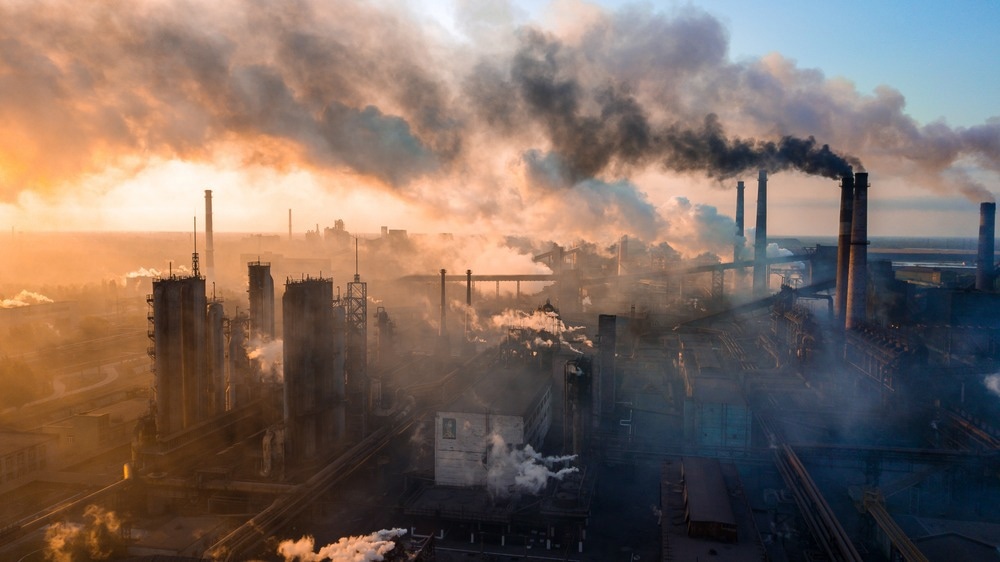The most recent estimates (2016) obtained by the World Health Organization state that more than 4.2 million people die prematurely annually as a result of long-lasting exposure to fine particulate outdoor air pollution (frequently mentioned as PM2.5).

Image Credit: TR STOK/Shutterstock.com
A recent study conducted by scientists from McGill indicates that the annual global death toll from outdoor PM2.5 might be considerably greater compared to what was thought earlier.
That is because the scientists discovered that mortality risk was increased even at very low levels of outdoor PM2.5, which had not previously been recognized as potentially fatal. Such microscopic toxins result in a range of respiratory and cardiovascular diseases and cancers.
We found that outdoor PM2.5 may be responsible for as many as 1.5 million additional deaths around the globe each year because of effects at very-low concentrations that were not previously appreciated.
Scott Weichenthal, Study Lead Author and Associate Professor, Department of Epidemiology, Biostatistics, and Occupational Health, McGill University
The study has been recently reported in the Science Advances journal.
Canadian Data Advances Global Understanding of Effects of Outdoor Pollution
The scientists came to a conclusion by integrating health and mortality data for seven million Canadians who have been gathered for more than a 25-year period with data regarding the levels of outdoor PM2.5 concentrations throughout the country.
Canada is known as a country with low levels of outdoor PM2.5, making it the ideal place to study health effects at low concentrations. Then, knowledge benefitted in Canada was utilized to update the lower end of the scale that is utilized to explain how mortality risk alters with outdoor PM2.5 levels. The outcome? Enhanced knowledge of how air pollution affects health on a global scale.
The WHO recently set forth ambitious new guidelines for yearly average outdoor fine particulate air pollution, thereby reducing its earlier suggestions in half, from concentrations of 10 to concentrations of 5 (ug) per cubic meter. The present United States Environmental Protection Agency standard of 12 micrograms per cubic meter is currently over double the value suggested by the WHO.
One take away is that the global health benefits of meeting the new WHO guideline are likely much larger than previously assumed. The next steps are to stop focussing only on particle mass and start looking more closely at particle composition because some particles are likely more harmful than others.
Scott Weichenthal, Study Lead Author and Associate Professor, Department of Epidemiology, Biostatistics, and Occupational Health, McGill University
Weichenthal added, “If we can gain a better understanding of this, it may allow us to be much more efficient in designing regulatory interventions to improve population health.”
Journal Reference:
Weichenthal, S., et al. (2022) How low can you go? Air pollution affects mortality at very low levels. Science. doi.org/10.1126/sciadv.abo3381.